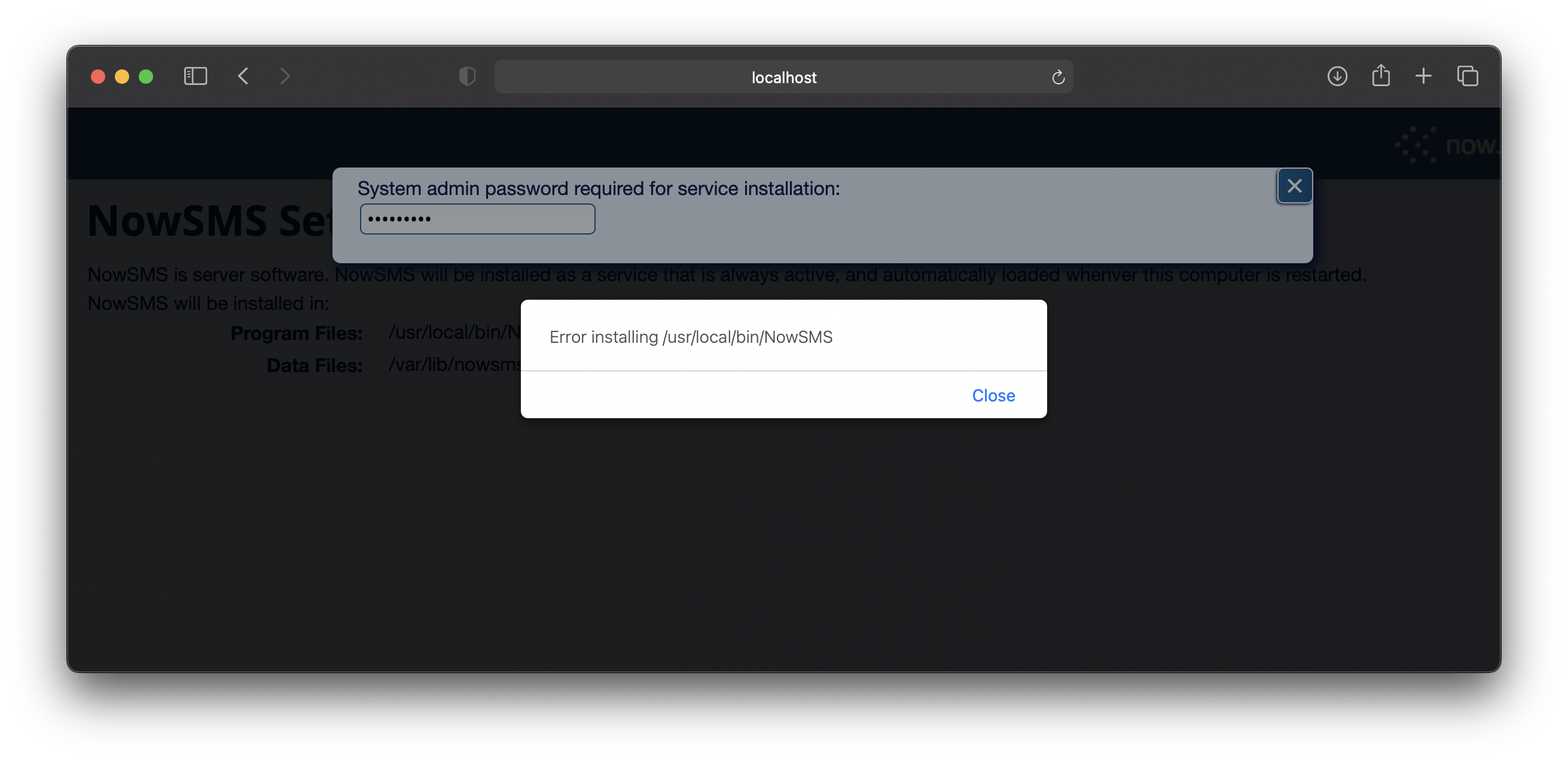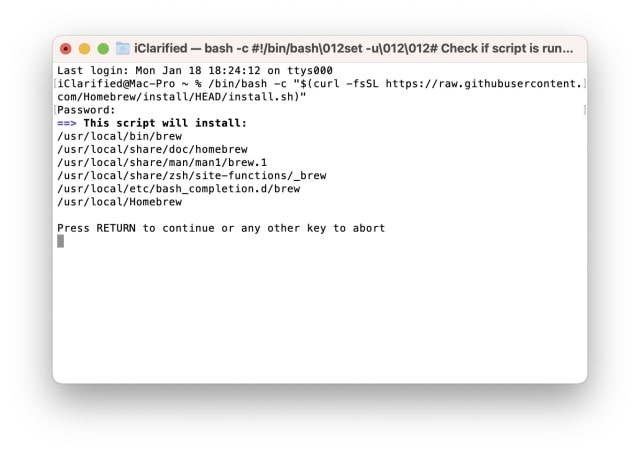

Since I use zsh by default, I put the following into the. What's nice about an alias is that it's specific to our command-line shell. If we use the package installation, a python3 fill will be available in /usr/local/bin/.Īliasing is a must since the Python binary stored in /usr/bin/ can't be changed. Python's website has a macOS Python 3 installer we can download and use. There are a couple options when we think about common installation patterns for applications on macOS.

Now that we know what not to do, let's look at what we could do.
#MAC USR LOCAL HOW TO#
#MAC USR LOCAL UPDATE#
Now we know for certain that we're using Python 3.7.3 and pip will update alongside it without any manual aliasing between versions. If command -v pyenv 1 >/dev /null 2 >& 1 then While other installation options are available, the easiest way to get started is with Homebrew: This tool manages multiple versions of Python and is described as "simple, unobtrusive, and follows the Unix tradition of single-purpose tools that do one thing well." How do we stop caring about the default? Moshe recommends using pyenv to manage Python environments (for a deeper dive on configuring pyenv, see this article).
#MAC USR LOCAL MAC OS X#
You do not want the Mac OS X 'default Python' to be 'python3.' You want to never care about default Python." "The basic premise of all Python development is to never use the system Python. He helped 40 colleagues develop Python safely and consistently on macOS systems following one core principle:

I knew Moshe was familiar with Python, but what I didn't know is that he is an author of many Python tutorials as well as an upcoming book on Python development on macOS. Moshe Zadka cautions that doing this wrong could result in an unreliable idea of which Python is running that depends too closely on shells loading aliases. Here's the full story of how to set up your environment without breaking anything built into the macOS operating system. To my surprise, I found only a handful of StackOverflow posts, and they pointed me to partial solutions. So, I did what any of us would do and googled around looking for a guide to update my development environment, which runs on Mac (the macOS operating system, formerly known as OS X). A future version of pip will drop support for Python 2.7.
#MAC USR LOCAL UPGRADE#
Please upgrade your Python as Python 2.7 won 't be maintained after that date.


 0 kommentar(er)
0 kommentar(er)
